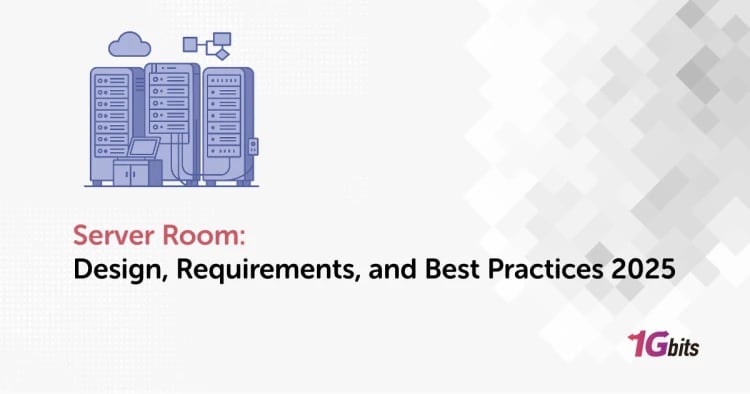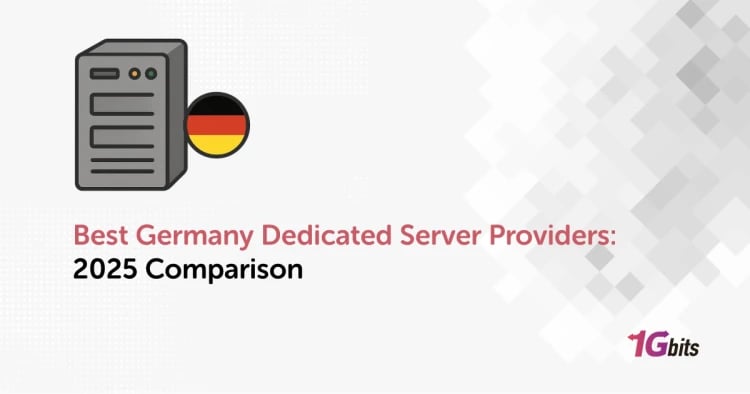A RAID (Redundant Array of Independent Disks) controller is an essential component in a computer system that manages multiple hard drives to enhance performance, reliability, and fault tolerance. Two common types of RAID controllers are the 6GBs and 12GBs, which differ in their maximum transfer speeds.
The 6GBs RAID controller supports a maximum data transfer rate of 6 gigabits per second (Gbps), while the 12GBs RAID controller supports double that speed, with a maximum transfer rate of 12 Gbps. While both controllers provide similar RAID functionalities, the 12GBs controller can handle much higher workloads, making it ideal for demanding applications that require faster data access and processing speeds.
What is a 6GBs Raid controller?
A 6GBs RAID controller is a type of RAID controller that supports a maximum data transfer rate of 6 gigabits per second (Gbps). It is designed to manage and control multiple hard drives organized in a RAID configuration, providing improved performance, reliability, and fault tolerance. The 6GBs RAID controller can support different RAID levels, such as RAID 0, RAID 1, RAID 5, RAID 6, and RAID 10, each offering unique benefits and trade-offs regarding data protection and performance. The 6GBs RAID controller is commonly used in servers, workstations, and other high-performance computing environments where data throughput is critical and the workload is moderate to heavy.
What is 12GBs Raid controller?
A 12GBs RAID controller is a type of RAID controller that supports a maximum data transfer rate of 12 gigabits per second (Gbps). It is an advanced RAID controller designed to manage and control multiple hard drives in a RAID configuration with faster data access and processing speeds. The 12GBs RAID controller provides enhanced performance and reliability compared to the 6GBs RAID controller, making it ideal for high-demand computing environments where data throughput and storage capacity are critical. It supports a range of RAID levels, including RAID 0, RAID 1, RAID 5, RAID 6, and RAID 10, and can handle large amounts of data with high-speed data transfers. The 12GBs RAID controller is commonly used in enterprise-level servers, data centers, and other mission-critical computing applications where high-performance storage is essential.
6GBs Raid controller vs 12GBs Raid controller
The main difference between a 6GBs RAID controller and a 12GBs RAID controller is their maximum data transfer rates. While the 6GBs RAID controller supports a maximum transfer rate of 6 gigabits per second (Gbps), the 12GBs RAID controller supports a maximum transfer rate of 12 Gbps, which is twice as fast. As a result, the 12GBs RAID controller can handle much larger workloads with faster data access and processing speeds, making it ideal for high-demand computing environments.
Additionally, the 12GBs RAID controller is typically more expensive than the 6GBs RAID controller and requires higher-quality hard drives and cables to take full advantage of its faster transfer speeds. However, the 6GBs RAID controller is still a reliable and cost-effective option for moderate to heavy workloads. It can support a range of RAID levels with improved performance and fault tolerance compared to non-RAID configurations. Ultimately, the choice between a 6GBs and 12GBs RAID controller depends on the specific requirements of the computing environment and the available budget.
What you should consider?
When choosing between a 6GBs RAID controller and a 12GBs RAID controller, there are several factors to consider, including:
- Workload requirements: The primary factor to consider is the workload requirements of the computing environment. If the environment requires faster data access and processing speeds with large data sets, the 12GBs RAID controller may be the better choice. If the workload is moderate to heavy, a 6GBs RAID controller may be sufficient.
- Budget: The cost of the RAID controller is another crucial consideration. 12GBs RAID controllers are generally more expensive than 6GBs RAID controllers, and the necessary cables and hard drives can also be more expensive.
- Hard drive compatibility: The RAID controller must be compatible with the hard drives used in the environment. Not all hard drives support 12GBs transfer rates, so it is essential to verify compatibility before choosing a 12GBs RAID controller.
- Future scalability: Consider the need for future scalability. If the computing environment is expected to grow and require more storage and higher transfer rates, it may be better to choose a 12GBs RAID controller to avoid needing an upgrade later on.
- Performance and reliability needs: The RAID controller's performance and reliability needs are important factors to consider. 12GBs RAID controllers generally offer higher performance and reliability than 6GBs RAID controllers, but this may not be necessary for all computing environments.
It's essential to consider the specific needs of the computing environment and the available budget before choosing between a 6GBs RAID controller and a 12GBs RAID controller.
6GBs Raid controller vs 12GBs Raid controller, which one is better?
Whether a 6GBs RAID controller or a 12GBs RAID controller is better depends on the specific requirements of the computing environment. If the workload requires high data transfer rates with large amounts of data and demands fast data access and processing speeds, then a 12GBs RAID controller is generally the better option. However, if the workload is moderate to heavy and doesn't require the highest performance and transfer speeds, then a 6GBs RAID controller may be sufficient and more cost-effective.
It's also important to consider the budget, hard drive compatibility, future scalability, and performance and reliability needs before deciding. Ultimately, it's best to evaluate the specific requirements of the computing environment and choose the RAID controller that best meets those needs within the available budget.
Here are some important things to consider when comparing a 6GBs RAID controller to a 12GBs RAID controller:
- Data transfer rates: One of the most significant differences between a 6GBs RAID controller and a 12GBs RAID controller is their maximum data transfer rates. The 12GBs RAID controller supports twice the data transfer rate as the 6GBs RAID controller. This can be essential in high-demand computing environments requiring faster data access and processing speeds.
- Workload requirements: The computing workload requirements should be evaluated when selecting a RAID controller. A 12GBs RAID controller is typically the better option if the workload requires higher data transfer rates. However, a 6GBs RAID controller may be sufficient if the workload is moderate to heavy.
- Hard drive compatibility: Both the 6GBs and 12GBs RAID controllers require specific hard drive compatibility. It is important to ensure that the hard drives are compatible with the selected RAID controller.
- Budget: The budget is crucial in determining which RAID controller to choose. Generally, a 12GBs RAID controller is more expensive than a 6GBs RAID controller. However, the cost of a 12GBs RAID controller may be justified if it is required to meet the computing environment's performance requirements.
- RAID levels: Both RAID controllers support a range of RAID levels. Depending on the computing environment's specific needs, the RAID level selection will be essential.
- Performance and reliability needs: Both RAID controllers offer higher performance and reliability than non-RAID configurations. However, the 12GBs RAID controller generally offers higher performance and reliability than the 6GBs RAID controller.
Conclusion
Ultimately, the decision between a 6GBs RAID controller and a 12GBs RAID controller will depend on the specific needs of the computing environment. It's essential to evaluate the workload requirements, budget, hard drive compatibility, RAID level selection, and performance and reliability needs before deciding.
People also read:











